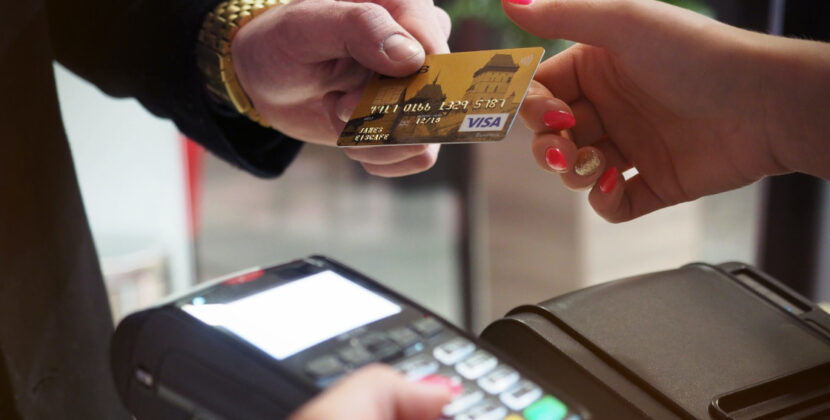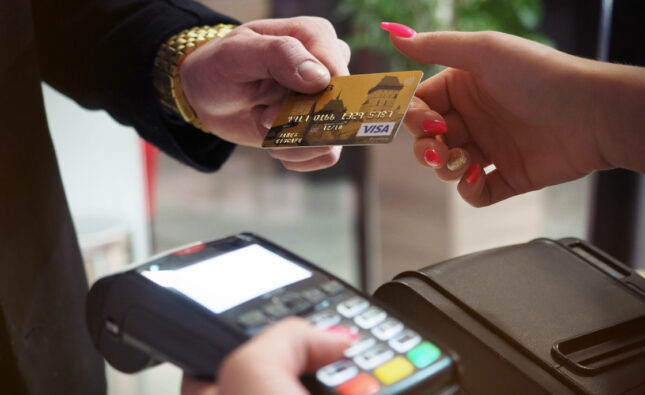
Impulse purchases can be a major drain on your finances. We’ve all been there – you walk into a store with the intention of buying one thing, and before you know it, you’ve walked out with a cart full of items you didn’t plan on buying. The good news is that there are steps you can take to cut back on impulse purchases and save money. In this blog post, we’ll explore 5 ways to cut back on impulse purchases.
- Make a shopping list
One of the most effective ways to cut back on impulse purchases is to make a shopping list before you head to the store. This will help you stay focused on the items you need to buy and avoid getting sidetracked by other items. Start by making a list of the items you need to purchase, and stick to it. If you’re tempted to buy something that’s not on the list, remind yourself of your financial goals and the long-term benefits of sticking to your list.
- Avoid shopping when you’re bored or stressed
Shopping can be a great way to relieve stress or boredom, but it can also lead to impulse purchases. If you find that you’re more likely to make impulse purchases when you’re feeling bored or stressed, try to find other ways to manage these feelings. Consider going for a walk, doing a puzzle, or meditating to help you feel more centered and focused. If you do need to go shopping, try to do it when you’re feeling more relaxed and less likely to make impulsive decisions.
- Wait 24 hours before making a purchase
Another effective way to cut back on impulse purchases is to wait 24 hours before making a purchase. This gives you time to think about whether you really need the item and whether it fits into your budget. If you find that you’re still thinking about the item after 24 hours, you can go back and make the purchase. But in many cases, you’ll find that the urge to buy has passed and you no longer feel the need to make the purchase.
- Use cash instead of credit cards
Using cash instead of credit cards is another way to cut back on impulse purchases. When you’re using cash, you can physically see how much money you have left and you’re less likely to overspend. This is because you’re more aware of how much you’re spending and you’re less likely to make impulsive purchases that you can’t afford. If you do use a credit card, try to set a spending limit and stick to it. This will help you avoid overspending and racking up credit card debt.
- Consider the true cost of the purchase
Before making an impulse purchase, it’s important to consider the true cost of the item. This includes not only the price of the item, but also any additional costs such as shipping, taxes, and maintenance. You should also consider the long-term cost of the item, such as how often you’ll need to replace it and how much it will cost in the long run. By considering the true cost of the purchase, you’ll be more aware of the financial impact of the purchase and less likely to make an impulsive decision.
In conclusion, cutting back on impulse purchases is an important step in managing your finances and achieving your financial goals. By making a shopping list, avoiding shopping when you’re bored or stressed, waiting 24 hours before making a purchase, using cash instead of credit cards, and considering the true cost of the purchase, you can cut back on impulse purchases and save money. Remember that every dollar you save is a step toward financial freedom and the ability to achieve your goals.










